It’s a crisp, clear day in late March--
the trees still bare, the farm fields wide and wanting.
As I walk the empty country lane, a speck of a bird soars high in the sky above me, beyond anything that I can clearly see, against an expanse of blue. Steady and strong on a column of air, he slowly carves a wide arc without so much as a wing beat. I name him easily and walk on—a red-tailed hawk. It just seems right.
No one will know if I am wrong.
At any other time, I wouldn’t dare to name such a bird.
Like sparrows and fall warblers, hawks at a distance confound me. I struggle to see field marks clearly and mumble about dark shadow or bad light. Even decent binoculars fail to bring the bird close enough to allow me to match it to that crisp and clear image I might later check in one of my many field guides.
So how do these better birders do it? Jerry Liguori, a leading expert on North American raptors and hawk-watcher since the early 1980s, lets us in on a little secret in his forthcoming book, Hawks at a Distance : Identification of Migrant Raptors, to be released next month from Princeton Press. This follow-up to Hawks from Every Angle is jam-packed with all aspects of in-flight hawk identification tips, including the inspiration I need to set aside my frustration and work harder at viewing and identifying these small specks in the distant sky.
Jerry Liguori, a leading expert on North American raptors and hawk-watcher since the early 1980s, lets us in on a little secret in his forthcoming book, Hawks at a Distance : Identification of Migrant Raptors, to be released next month from Princeton Press. This follow-up to Hawks from Every Angle is jam-packed with all aspects of in-flight hawk identification tips, including the inspiration I need to set aside my frustration and work harder at viewing and identifying these small specks in the distant sky.
Simply said, while it’s impossible to identify every bird, shape and flight style can be used to distinguish most distant birds whose plumage isn’t easily seen.
Put those scopes away!
Liguori’s latest book applies this strategy to 29 raptors--20 commonly seen in their North American migration; and 9 less so, including the California condor, several kites and zone-tailed hawk. The full-page color portrait of each species account is accompanied by a series of smaller flight shots—usually numbering 18 to 30 (but in the case of multiple races of red-tailed hawks, 78!) that show the bird in “real-world” settings. Each of these 558 well-chosen, color images depicts a distant bird in flight as it displays a variety of postures and is seen in conditions of varying light. Whether backlit or shadowed, or if colors have been transformed by warm tones of an afternoon sun—Liguori shows raptors as they are seen in the field and highlights the few lines of text with boldface descriptions of the most critical features to look for. Traits that might only be seen at close range have purposely been left out.
His brief introduction touches upon age and color morph terminology, follows with a 1-page glossary and wraps up with a simple diagram of bird anatomy. If it’s not related to the viewing or physical characteristics of the birds, though, it’s not in here. Life histories, range maps…none of that. This field guide is strictly a collection of ID photographs and accompanying identification tips.
In that, it does very well.
Perhaps because one might wonder if Liguori's preference for this distance id approach has arisen by default from a stack of distant photographs, he's included a section on photography and the ethical questions it raises for wildlife watchers. Must we approach so closely as to intrude into the bird's world, disturb a nest site, chase or bump birds, repeatedly harass a single subject, lure a raptor with live bait... just to get a fantastic shot? To other photographers, ethics might be overlooked. But, it seems Liguori's use of distant shots is a choice he's wisely made--and his discussion of ethics and integrity one I, especially, appreciate.
An interesting final chapter entitled, “Shapes” is as it suggests--896 black and white silhouettes that wheel across the last 19 pages in soaring, head-on, flapping, gliding and wing-on positions, allowing for easy comparison of images side-by-side.
As it is with so many guides available to the birding enthusiast today, Hawks at a Distance cannot capture in a single volume all there is to understand in the world of birds, especially the world of raptors, nor does Liguori claim to do so. What he has created however, is an awesome array of birds as they are seen by those who watch them--birds in the field for birders in the field--and practical tips for their identification.
And the closing thought that regardless of correct identification or successfully captured photograph, the joy in watching them, even at a distance, is often enough.
















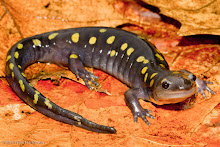




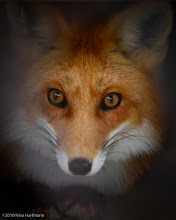

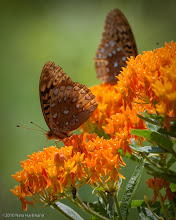

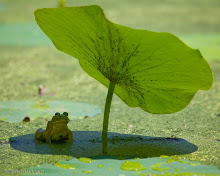
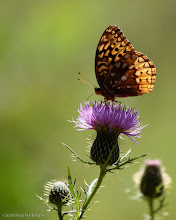
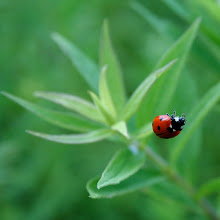




























%20copy.jpg)














